Siphon for sink with overflow: varieties, selection and installation
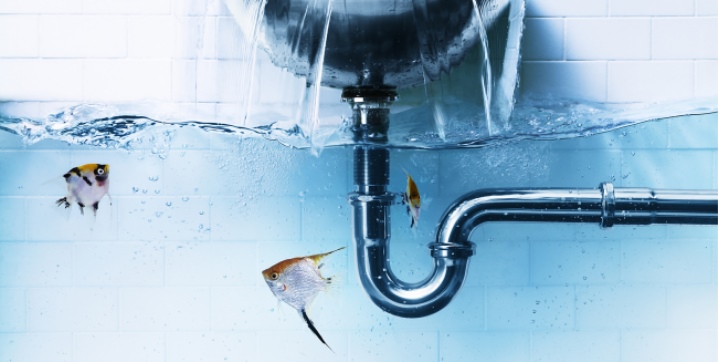
The siphon is an important part of the sewer system, which is connected to plumbing fixtures. The system is a set of bent pipes. They have sealed joints in every part. It is believed that if the choice of the siphon is made correctly, then there should be no problems with its installation.

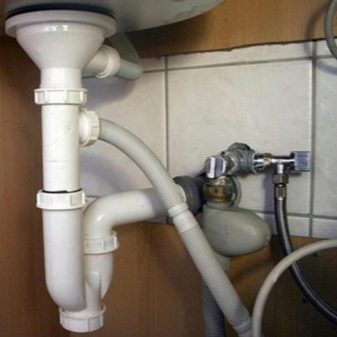
Peculiarities
The sink siphon is a curved tube. This simple device prevents odor from the sewer. The function of a water plug is performed by a liquid that stands in a bent pipe.
Siphons for kitchen sinks with overflow differ in size and material. Before choosing a product for the kitchen or bathroom according to these parameters, it is worth knowing that it should also perform other important functions:
- protect the sewage system from clogging;
- carry out the drainage from the plumbing fixture to the pipes.

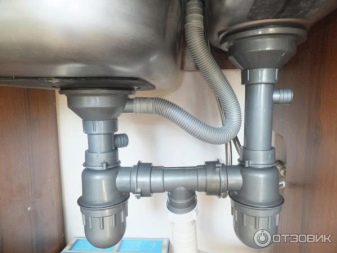
Curved shapes encourage debris to settle. Depending on the type of device, it can settle in bends or inside the body of the siphon. It doesn't take long to remove dirt. Timely inspection and cleaning will help prolong the "life" of the entire system.
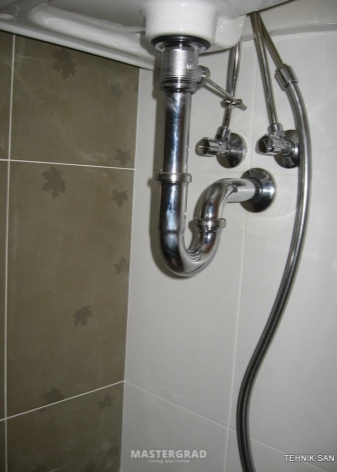

If the siphon is equipped with an overflow tube, it will serve as an overflow protection for the sanitary fixture. Excess fluid will be discharged, rising to a certain value. Overflow with such a device can occur only when the system is clogged or when the water outlet is deliberately blocked.
Of the general characteristics of the structure, several points should be noted:
- possible materials of manufacture: cast iron, metal, plastic;
- addition in the form of an overflow system;
- standard drain diameter - 4 cm;
- standard inlet size is 1 1⁄2.
The siphon is purchased for more than one year. Therefore, the golden mean is important in choosing: it is not necessary to buy the most expensive option, but it is worth remembering that a cheap product may have flaws. The appearance of the device in this matter is not the main thing. All the characteristics of the plumbing component must be studied carefully.

Classification
By design features
Structural differences in siphons force specialists to divide products into types. Let's take a closer look at popular kitchen appliances.
- Bottle. Its rigid container, which is inserted between the outlet pipe and the drain outlet, really resembles a bottle. The height of the device is adjustable. The standard installation location is under the kitchen sink. In addition to the bottle flask, the design includes a drain hole, an outlet, an overflow hose, washers, gaskets, nuts. The flask can contain many inlet drains that are needed for other household appliances.
- Pipe. This siphon is often installed at the bottom of the shower stall. In the bathroom, the detail is convenient, as it does not take up much space. The design of the device includes a drain hole, an overflow tube, a curved joint, a set of nuts and gaskets.
- Corrugated. This siphon is the simplest device in the form of a corrugated tube. To form a bend, it is simply folded and fixed. This part subsequently plays the role of a water seal. In addition, the design includes a drain, overflow and fittings.
- Flat. This siphon has a conventional design. It is needed when other devices cannot be matched in size.
- Hidden. Such a device is placed in a niche, it is inaccessible to the eyes. The device is wall-mounted, suitable for sinks, washing machines.
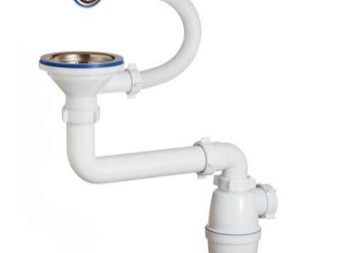
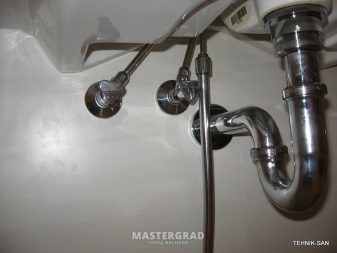
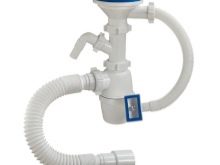


By materials of manufacture
Plastic siphons are made of PVC or polypropylene. The second option is the most popular because it is inexpensive and easier to use. The advantages of the material are the absence of corrosion, rotting from prolonged exposure to water. Polypropylene has a high flow capacity. No dirt is deposited inside the walls of such products.
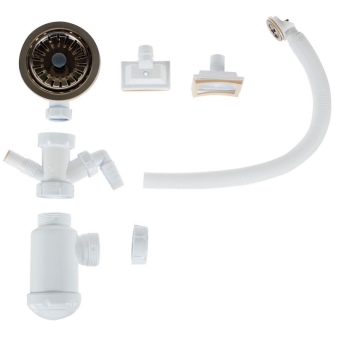
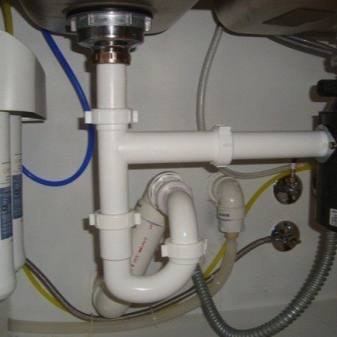
Brass, copper and bronze models are more expensive, but of high quality. Although such products oxidize without a special coating, they never rust. A frequent place of installation of such devices is the bathroom.
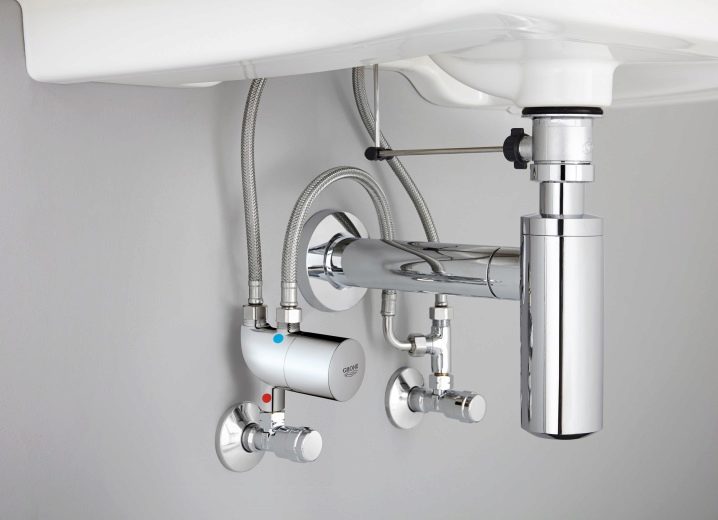
Stainless steel appliances are rarely used, as they are very expensive. Usually they are needed to create certain stylistic decisions. The devices are distinguished by their excellent appearance.
Products with an outer coating made of decorative, for example, chrome-plated alloys, also look good. They are great for creating stylish interiors. However, the cost of such products is impressive.
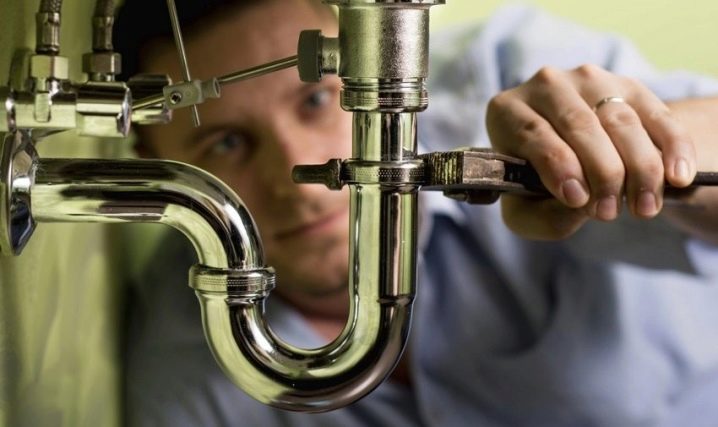
How to choose?
There are various types of siphons with overflow design. The most convenient are devices with automatic regulation of closing and opening drain holes. If necessary, you need to push on the plug, which will close the hole, and open it the next time. However, due to some high cost of this option, the traditional siphon is more popular, which involves manual closing of all openings.
Some types of siphons are equipped with a special handle. She alone regulates the opening and closing of all openings. This is also a kind of automatic system.
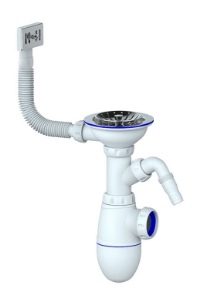
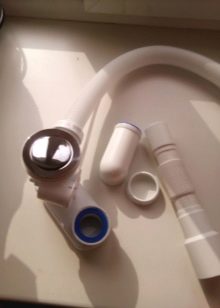
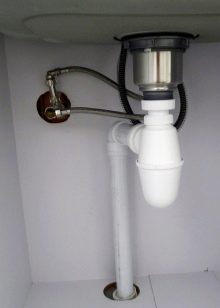
The choice of a plumbing fixture should be based not only on automation. The main parameters of siphons are dimensions.
The most voluminous devices are bottle-type. This option is suitable if there is enough space at the installation point. If you plan to install a washing machine under the sink, then such a device will not work. The flat version is more compact. It is he who will have to be placed under the sink in this case.
In service, bottle siphons show themselves best. This type of product is considered suitable for a round double stone sink. The flat siphon, which is more often installed in the bathroom, may not fit the size.
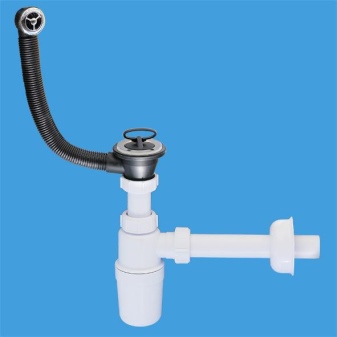
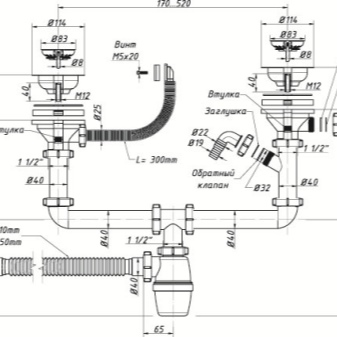
By the way, the connection of other elements to the device requires the mandatory presence of additional connecting outputs. The device must have at least a pair of inlet connections.
The outlet at the siphon can be made in the form of a conventional lattice mesh. There are also technical devices with adjustable valves. Decide in advance if you need this improvement so as not to overpay extra funds for it.
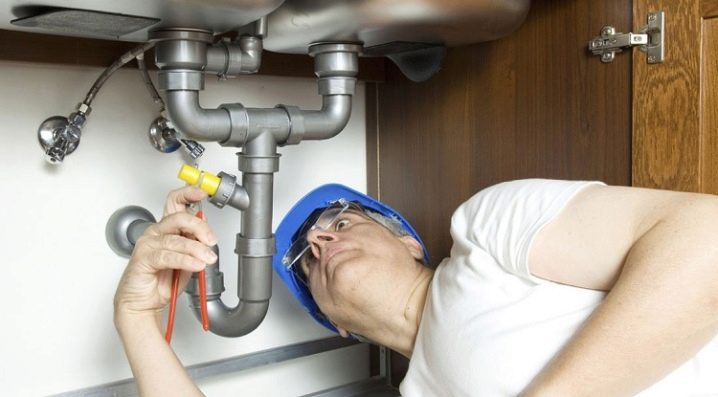
If the diameter of the outlet of the siphon does not match the sewer pipe, special adapters can be used. However, this statement is only relevant if the size of the nozzle is smaller than the size of the pipe. Connecting pipes with a large diameter to the drain outlet will not work.
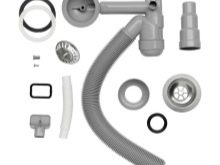


Installation
The assembly of the plumbing drain should begin by shutting off the incoming water. The old siphon is removed by unscrewing the screw, which is located in the grill in the middle of the device.
It is easy to assemble the sink siphon with overflow. You need to put a protective mesh in the drain outlet. The docking pipe is installed on the sink from below. They are connected with a long screw. A mounting nut is put over the branch pipe. This will hold the tapered spacer. The flask part is fastened to the pipe with one more nut.
The siphon outlet must go down the drain. This part is also secured with a nut through a tapered gasket. The adjustable overflow pipe is installed in one piece into the sink.There it is secured with a screw. The other end of the tube goes into a docking pipe. All attachment points of this structure must be sealed. Therefore, a check is made, which involves the initial launch of water into the plumbing device.
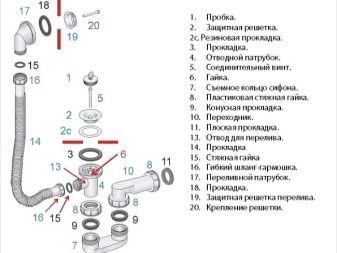

When connected to a household appliance siphon, a hose is prepared. Its length should be sufficient, since it clings to the fitting on the siphon, and is removed along the wall. The splitter is also fixed with nuts and checked for leaks. If there are several drain outlets, the system is wired with the required number of pipes.
In general, the assembly of the siphon is simple, therefore it does not require the help of plumbers. The main thing is to maintain the sequence of the above actions. For example, tightening nuts does not involve the use of special tools. Plastic elements will not tolerate undue stress, so the screed is done by hand.
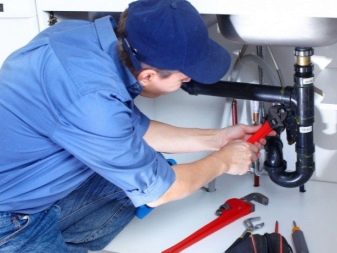

If additional taps are needed, but will not be used yet, you need to close them with valves. It is more convenient to install the overflow tube into a small hole in the sink. Especially carefully you need to attach the overflow to the ceramic sink. This material is often damaged.
It is better to check the efficiency of the structure at the most powerful water pressure. If, with a high pressure, drops did not appear anywhere, then the structure is assembled with high quality. Sometimes, when joining parts, craftsmen use a sealant. It will no longer be possible to disassemble the individual parts connected with glue.
To avoid unforeseen difficulties, it is best to purchase the entire set of products in one special store. This is especially important if the product has a non-standard design or shape.
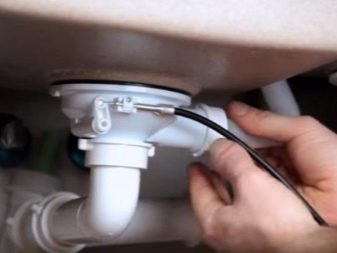
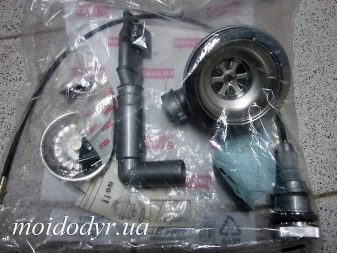
Care
It is important not only to correctly install the siphon, but also not to forget to take care of it. For example, the main reason for the rapid wear of equipment is constantly dripping water. Therefore, it is important to check the tightness of a closed tap and, if necessary, replace the device.
The siphon must be periodically cleaned of layers of dirt and limescale. As you know, kitchen siphons are more likely to get clogged with food debris, so you need to be especially careful about their cleanliness.

Light contamination is removed with a plunger or chemical agents such as "Mole". However, you should not use "chemistry" often. It negatively affects the condition of plumbing fixtures. Do not remove the upper grill from the sink, as it protects the siphon from debris. To eliminate minor dirt and odors, it is recommended to occasionally spill the sink drain with hot water.
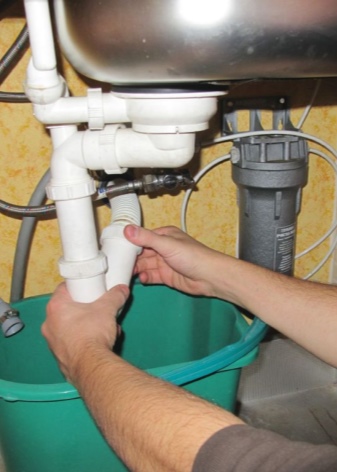

If the siphon itself leaks under the sink in the kitchen, replacing the gasket is sufficient. For this service, you can contact a plumber, or you can do the work yourself. Just remove the old part and install the new one. If necessary, use special plumbing tape. Fum tape seals leaks well, eliminating the use of silicone or hermetic glue.
Alternative methods can help eliminate the smell from the sewage system. For example, it may be enough to add salt to the sink and flush the system. Less dirt is retained in smooth pipes. The corrugated inner surface collects more debris, which gives off an unpleasant odor.
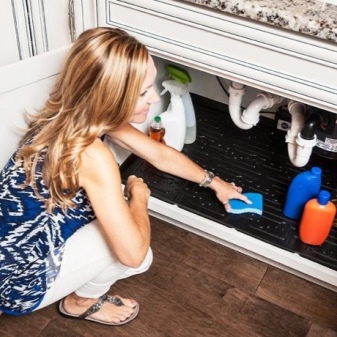
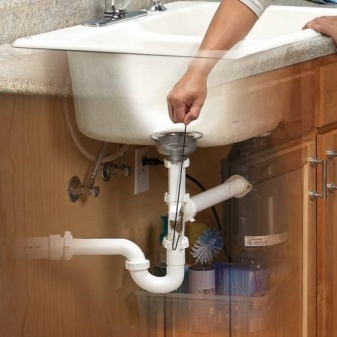
Regularly inspect the rubber gaskets and the parts of the siphon connected by nuts.
Dried and obsolete rubber parts are best replaced as soon as the appearance of the parts becomes noticeable. From outdated connections "bottle" or "flask" can fall off at any time. In the event of an accident, it will be necessary to repair not only the siphon, but also household appliances, if they were connected to the system.
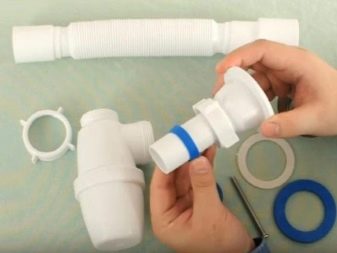

For information on how to properly assemble a siphon for a sink with an overflow, see the next video.













The comment was sent successfully.